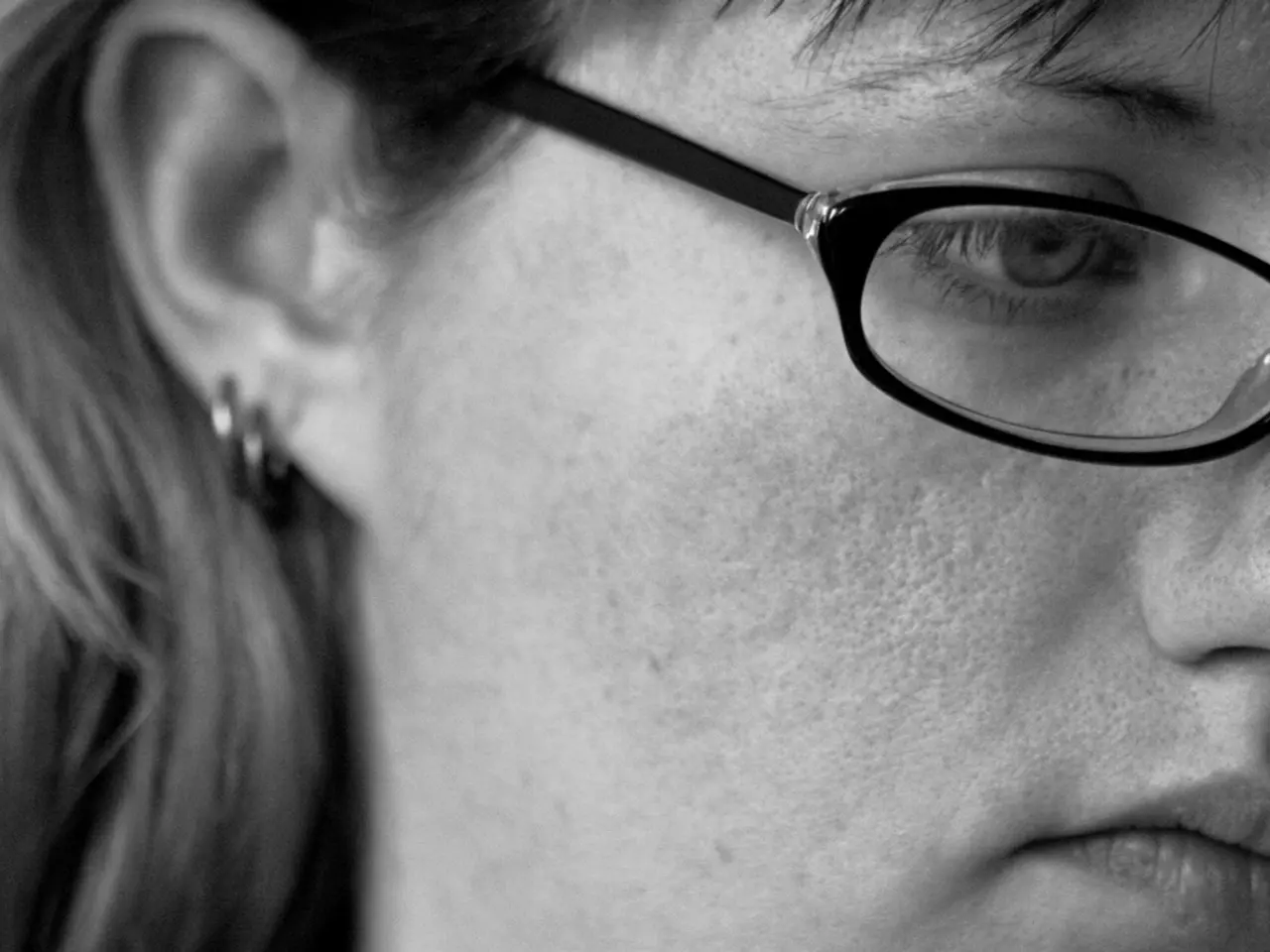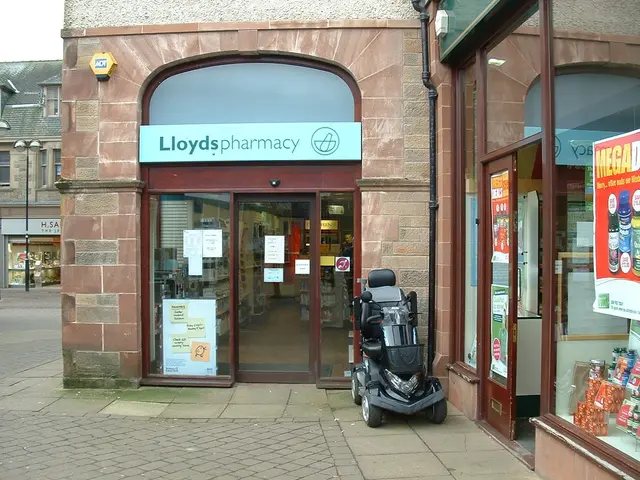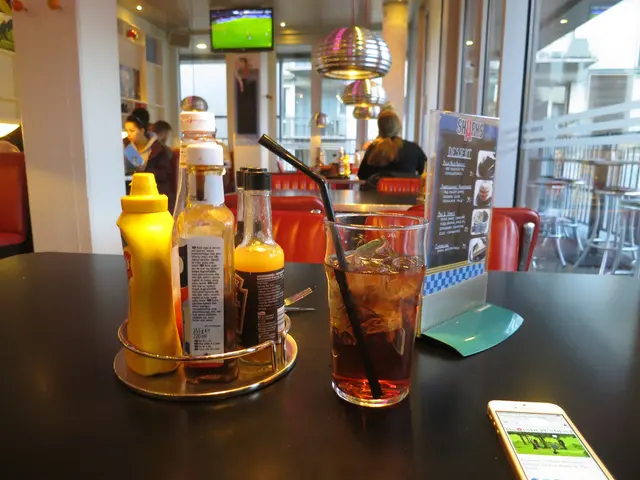Diabetic Retinopathy Laser Surgery: Details and Potential Side Effects
In the management of diabetic retinopathy, a common complication of diabetes, laser treatment, known as photocoagulation, plays a significant role. This procedure is usually carried out in a doctor's office, with the person awake and seated, and does not require general anesthesia or making an incision.
The treatment involves making tiny burns in the eye with a beam of light to prevent further vision deterioration. Although it does not correct vision loss that has already occurred, it can prevent further vision worsening.
Side effects of the treatment are often minor and may include discomfort, blurred vision, and increased sensitivity to light. These symptoms may last several hours, and in some cases, several days. Proper aftercare may involve taking acetaminophen (Tylenol) for discomfort, having someone drive the person home due to blurred vision, and wearing sunglasses to protect from increased sensitivity to light.
The success rate of this treatment, particularly panretinal photocoagulation (PRP), is generally high. Studies show that it can stabilize or reduce progression of the disease. PRP laser treatment has been a mainstay for years and effectively reduces severe vision loss in proliferative diabetic retinopathy by treating retinal ischemia and neovascularization.
While exact numerical success rates vary by study and severity, the treatment is considered highly effective and the standard of care for reducing severe vision loss risk. Its success is often enhanced when combined with other treatments like anti-VEGF injections and timely surgical interventions if needed.
It's important to note that managing diabetes can help keep blood sugar within optimal ranges, which can help prevent or delay the onset of diabetic retinopathy. Prevention involves managing diabetes by eating a nutritious diet, engaging in regular exercise, following instructions in taking insulin and other diabetes medications, and managing any coexisting conditions.
If a person has vision loss before laser treatment, they may wish to find a low vision rehabilitation clinic to explore their options. Eye professionals may recommend eyeglasses or contact lenses, medications, surgery, special devices, and training for managing vision loss.
While laser surgery for diabetic retinopathy differs from laser cataract surgery, it's worth mentioning that laser cataract surgery itself has a reported success rate of 98–99% for improving vision related to cataracts. However, it is a different procedure from laser treatment aimed directly at diabetic retinopathy.
In summary, laser photocoagulation for diabetic retinopathy has a well-documented success in preventing further vision deterioration by stabilizing neovascularization and retinal ischemia, making it a highly effective standard treatment. Success is often measured by stabilization or improvement in vision and prevention of progression to severe complications rather than a fixed percentage cure rate.
For more information about managing diabetes and understanding diabetic retinopathy, consult your healthcare provider or visit reputable health resources online.
Read also:
- Kid's Mattress from Brooklyn Bedding: Streamlined Dreamy Rest Solution
- Unveiling the Fascinating World of Carnivorous Plant Terrariums: Delving into the Unique and Unexplored
- Museum workers stage wild walkout, bringing Louvre to a standstill
- Visionary Strategy for Dartmoor Revitalization: Charles, Prince of Wales, Advocates for Biodiversity Restoration in Cornwall








